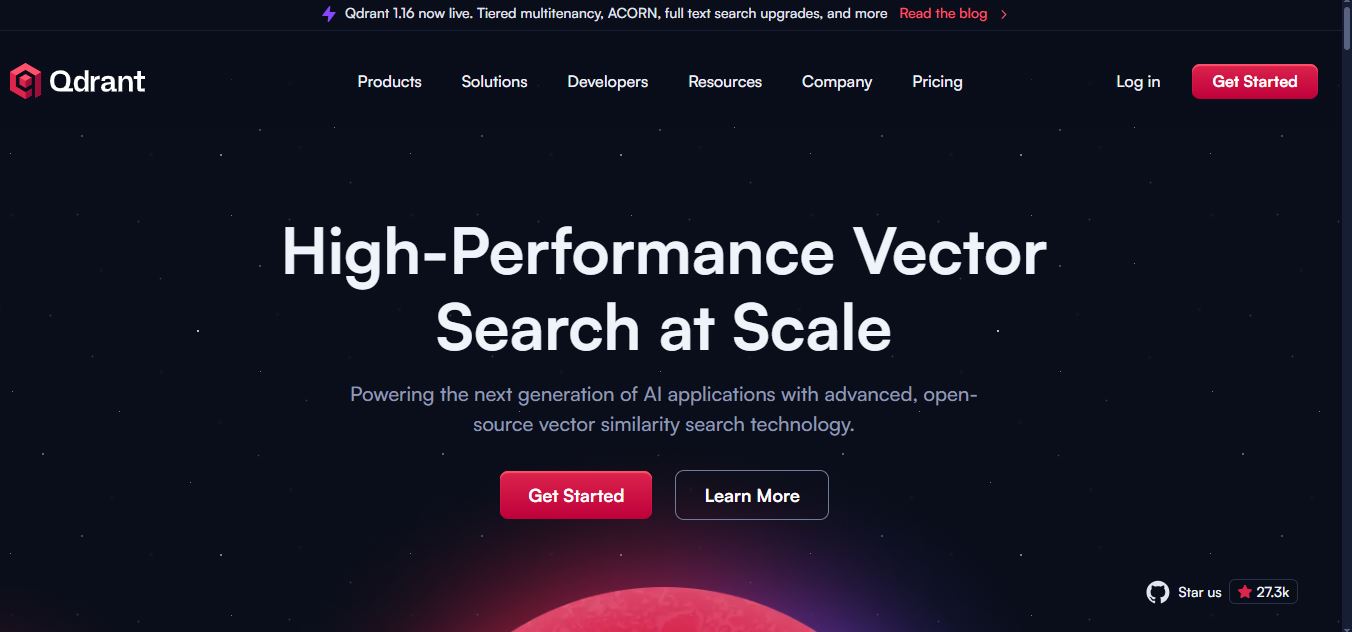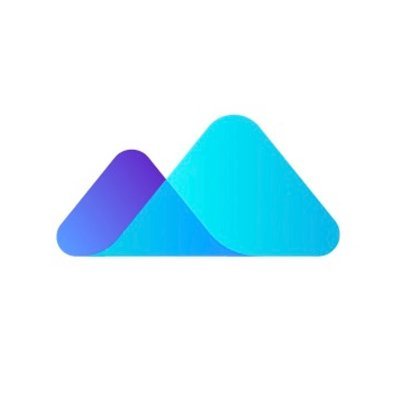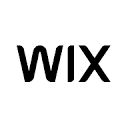What is Qdrant?
- Founders: Andre Zayarni and Marcin Oleksy
- Launch: Founded in 2021
- Use Cases:
- Semantic and vector-based search
- Recommendation systems
- Image and document similarity detection
- AI-powered personalization engines
- Large-scale data retrieval and analysis
- Technology:
- Rust-based backend for performance and reliability
- REST and gRPC APIs for seamless integration
- Support for hybrid search, combining metadata and vector queries.
Qdrant is an AI-powered platform that uses AI to deliver a quick, efficient, and highly available database for similarity search and machine learning workflows. It allows developers and data scientists to manage, query, and analyze vector embeddings of AI models with ease. Qdrant has strong APIs that allow it to work well with machine learning tools and perform tasks that provide large-scale and precise results in areas like semantic searches, recommendation systems, and natural language processing, among others. It’s purpose-built as an open-source platform at its core with the use of sophisticated indexing algorithms. Together, these attributes make Qdrant the one-stop shop for enterprise organizations using vector data for AI-driven decision-making, real-time personalization, or identical AI workloads as part of their product or service. Qdrant continues to deliver speed, accuracy, and scalability across AI use case categories, including complex, data-driven applications.
Qdrant Video/Demo
Key Features
Qdrant key features are
- A vector search engine that can scale horizontally and handle high throughput.
- Ingest real-time data and perform filtering and querying.
- Architecture that is open source and easy to embed.
- Dedicated instance or cloud configuration
- Ability to integrate with AI/ML tools like OpenAI, Hugging Face, and TensorFlow
- Distributed data processing out of the box
- Ability to automatically optimize for high-dimensional vectors
Pricing
Qdrant also provides an open-source QA platform and cloud offerings for enterprises that need managed services. Pricing varies depending on volume of data, API utilization, and scaling needs. The free tier is suitable for small to medium projects, and the enterprise tier offers improved performance, monitoring, and support.
Disclaimer: For the latest and most accurate pricing information, please visit the official Qdrant website.
Who is using Qdrant?
A diverse range of users and organizations utilize Qdrant
- AI startups
- Data-driven organizations
- Research organizations
- AI Developers
- Business
Alternatives
Some Qdrant alternatives are
- Pinecone
- Weaviate
- Milvus
- FAISS
- Chroma
Conclusion
Qdrant is a powerful open-source vector database designed for AI and machine learning applications. It enables fast, efficient similarity search and semantic retrieval, making it ideal for recommendation systems, chatbots, and generative AI solutions. With scalability and easy integration, Qdrant simplifies managing and deploying vector-based data for intelligent applications.











 Verified
Verified




